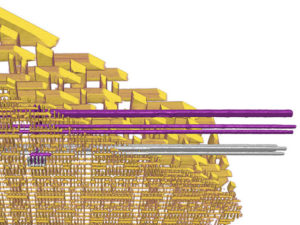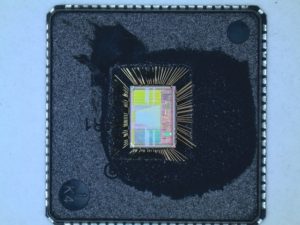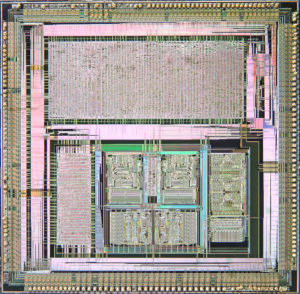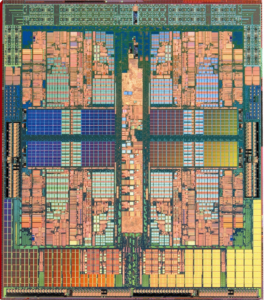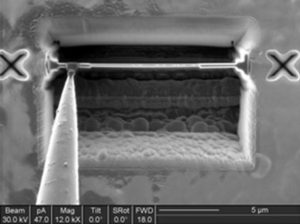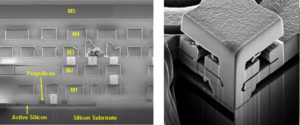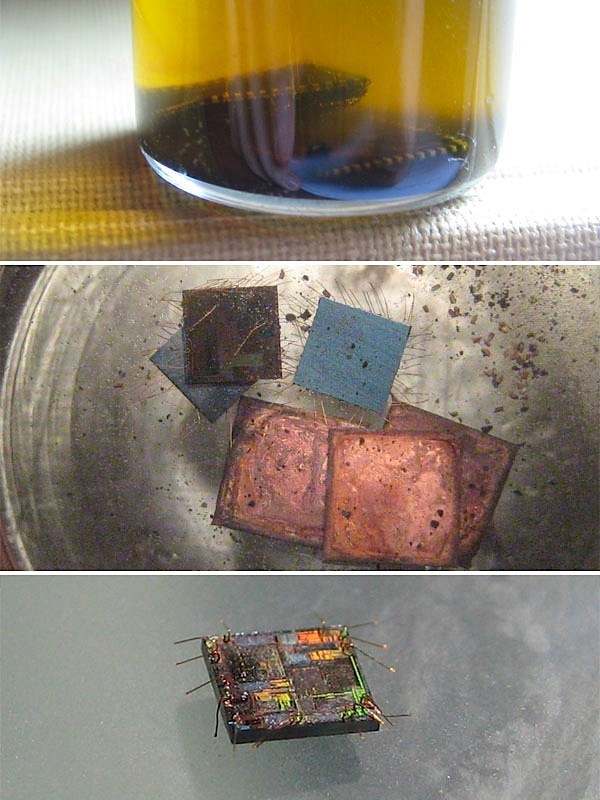Crack MCU ATMEGA16PA Heximal
Crack MCU ATMEGA16PA is a way to disable the security system of the microcontroller and read the MCU Heximal out from its flash and eeprom memory directly;
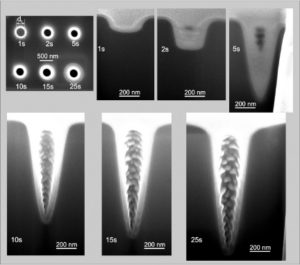
Crack MCU ATMEGA16PA is a way to disable the security system of the microcontroller and read the MCU Heximal out from its flash and eeprom memory directly
The TO, PD, GPWUF and CWUF bits in the STATUS register can be tested to determine if a Reset condition has been caused by a power-up condition, a MCLR, Watchdog Timer (WDT) Reset, wake-up on comparator change or wake-up on pin change.
A Brown-out Reset is a condition where device power (VDD) dips below its minimum value, but not to zero, and then recovers. The device should be reset in the event of a brown-out when copy mcu chip holtek HT68F40.
To reset PIC10F200/202/204/206 devices when a Brown-out Reset occurs, external brown-out protection circuits may be built.
A device may be powered down (Sleep) and later powered up (wake-up from Sleep). The Power-Down mode is entered by executing a SLEEP instruction.
If enabled, the Watchdog Timer will be cleared but keeps running, the TO bit (STATUS<4>) is set, the PD bit (STATUS<3>) is cleared and the oscillator driver is turned off after pull microcontroller atmel atmega32a.
The I/O ports maintain the status they had before the SLEEP instruction was executed (driving high, driving low or high-impedance).
For lowest current consumption while powered down, the T0CKI input should be at VDD or VSS and the GP3/ MCLR/VPP pin must be at a logic high level if MCLR is enabled.
The device can wake-up from Sleep through one of the following events:
An external Reset input on GP3/MCLR/VPP pin, when configured as MCLR.
A Watchdog Timer time-out Reset (if WDT was enabled).
A change on input pin GP0, GP1 or GP3 when wake-up on change is enabled.
A comparator output change has occurred when wake-up on comparator change is enabled.
These events cause a device Reset. The TO, PD GPWUF and CWUF bits can be used to determine the cause of device Reset. The TO bit is cleared if a WDT time-out occurred (and caused wake-up).
The PD bit, which is set on power-up, is cleared when SLEEP is invoked. The GPWUF bit indicates a change in state while in Sleep at pins GP0, GP1 or GP3 (since the last file or bit operation on GP port).
The CWUF bit indicates a change in the state while in Sleep of the comparator output.
Tags: crack mcu binary archive,crack mcu binary code,crack mcu binary content,crack mcu binary data,crack mcu binary eeprom,crack mcu binary file,crack mcu binary firmware,crack mcu binary information,crack mcu binary memory,crack mcu binary program


